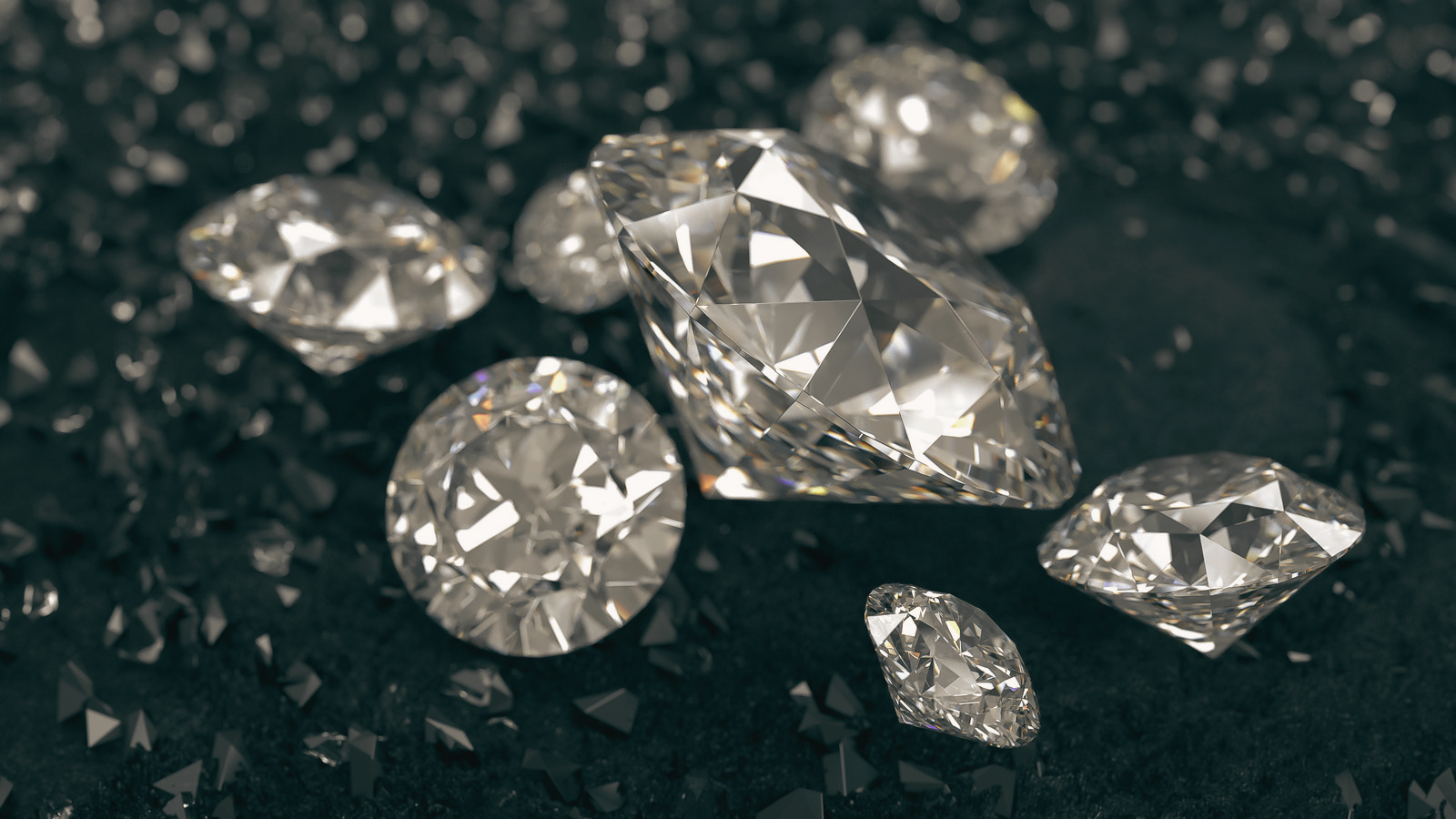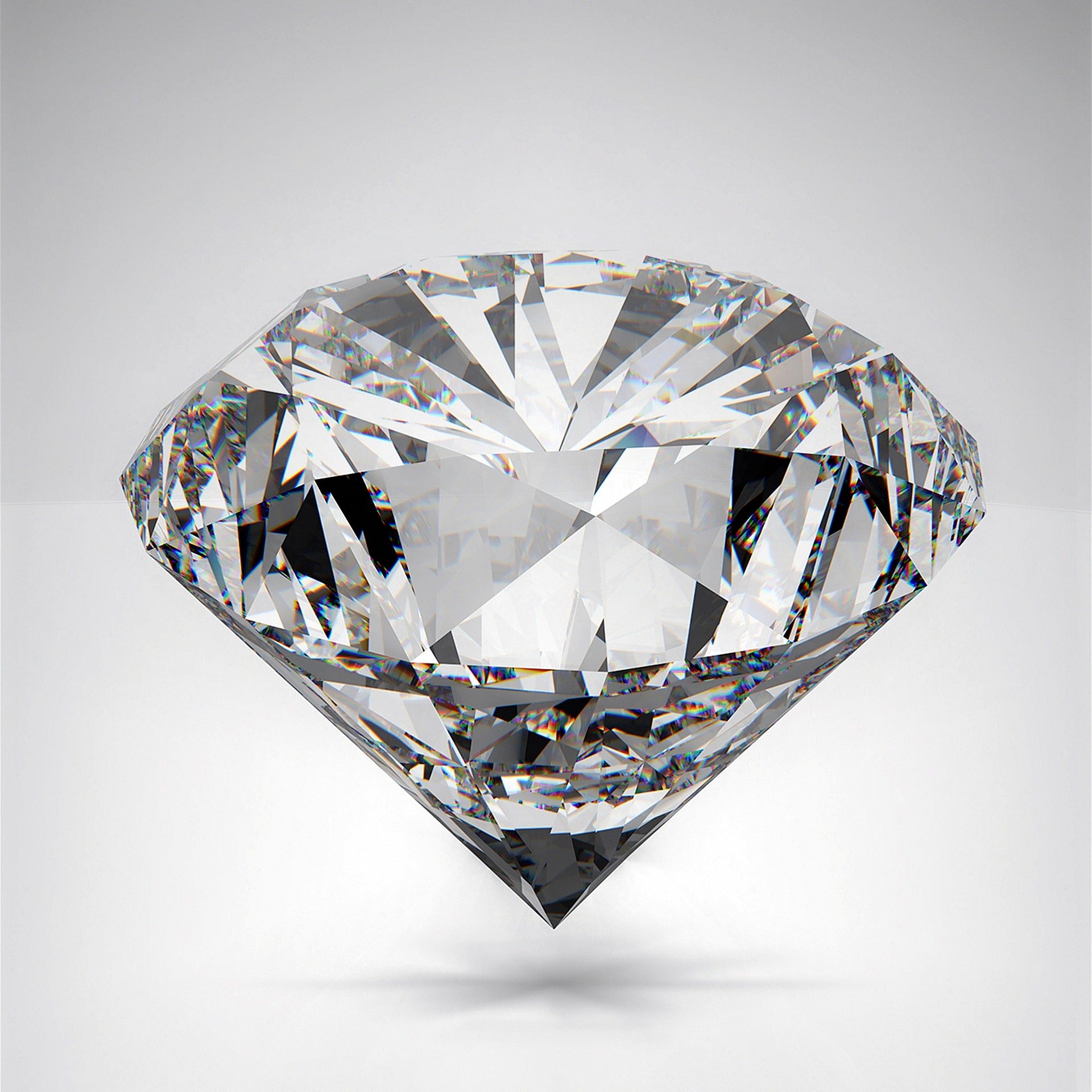Diamonds are complex jewels that require accuracy and precision to obtain their finest appearance and functionality. In addition to the 4Cs (color, cut, clarity, and carat), depth and tables are two more crucial factors that identify a high-quality diamond. In fact, these criteria can be included under the 4Cs' "cut" factor, which describes the diamond's overall finish and includes polish and proportion.
Scores for depth and table are expressed as percentages. According to GIA and AGS standards, grading percentages are assigned to each diamond shape. You may choose what traits to look for in the ideal ring center stone by knowing the depth and table of a diamond. According to Marcel Tolkowsky's estimates, a round brilliant diamond's optimal cut should have a table diameter of roughly 53% and a total diamond depth of 59.3%.
Diamond Depth
The table is the top part of the diamond whereas the culet is the bottom of the diamond. The height measurement from the tip of the culet to the topmost part of the table is the total diamond depth. The depth of the diamond influences the sparkle of the diamond as it affects how the light is transmitted to and fro the diamond table and inner facets. The cut of the diamond can either be too shallow (very low depth), ideal cut (perfect height) and too deep (big height).
When the diamond depth is “too shallow” or “spready”, the light that enters the table bounces off the inner facets but escapes through the pavilion. When the diamond depth is higher than the girdle diameter, the cut is deemed “too deep”. The light that enters the table also bounces off the facets and out the pavilion, making the diamond look dull because of poor light transmission. On the other hand, a perfect cut has the proper ratio of depth to girdle diameter. It enables the light that comes into the table to reflect off every surface before returning to the table, creating a stunning shimmer.
One of the key factors in calculating the cut grade is the total depth percentage in relation to the diamond's diameter (girdle diameter). The fire and brilliance of a diamond are at their highest when the proportions are just correct. The depth percentage is calculated as:
Depth % = (Total Depth / Average Girdle Diameter) x 100
where the Average Girdle Diameter = (minimum diameter + maximum diameter) ÷ 2.
The appropriate depth percentage for each diamond shape is displayed in the table below.
Diamond Table
The largest facet on a diamond is called the table, and it is found near the top of the stone. Its primary function is to reflect light that enters it by reflecting it off the inner facets and the pavilion then back to the table. As a result, the fire and brilliance that everyone desires in a diamond are produced.
The table also influences how a diamond is perceived to be in terms of size and performance. A larger table with a shallow depth does not mean it is bigger than a smaller table with a deep height. A smaller table with the proper ratio to the girdle diameter can offer better light performance compared to a larger table.
Similar to depth, a diamond table is also graded by percentage relative to the diamond diameter, also referred to as the girdle diameter. The table percentage is computed as follows:
Table % = (Table Size / Average Girdle Diameter) x 100
The chart below shows the ideal table percentage for each diamond shape.

What are the Ideal Depth and Table Percentages Combined?
An untrained eye may find it difficult to determine which diamond grading to select. Relying on depth percentage alone may not give you the best diamond performance you are looking for. The table and depth percentages should often match to make a diamond brilliant and sparkly. Here is a quick reference guide for both criterias when looking for diamonds for your wedding band or engagement ring.
Each diamond is unique. Despite having the same cut and proportion, no two are the same. The depth and table percentages are only guidelines. To choose the ideal diamond for you and your loved ones, it is still preferable to see a reputable jeweler. You are welcome to schedule a FREE consultation with us and we will be happy to help you.






